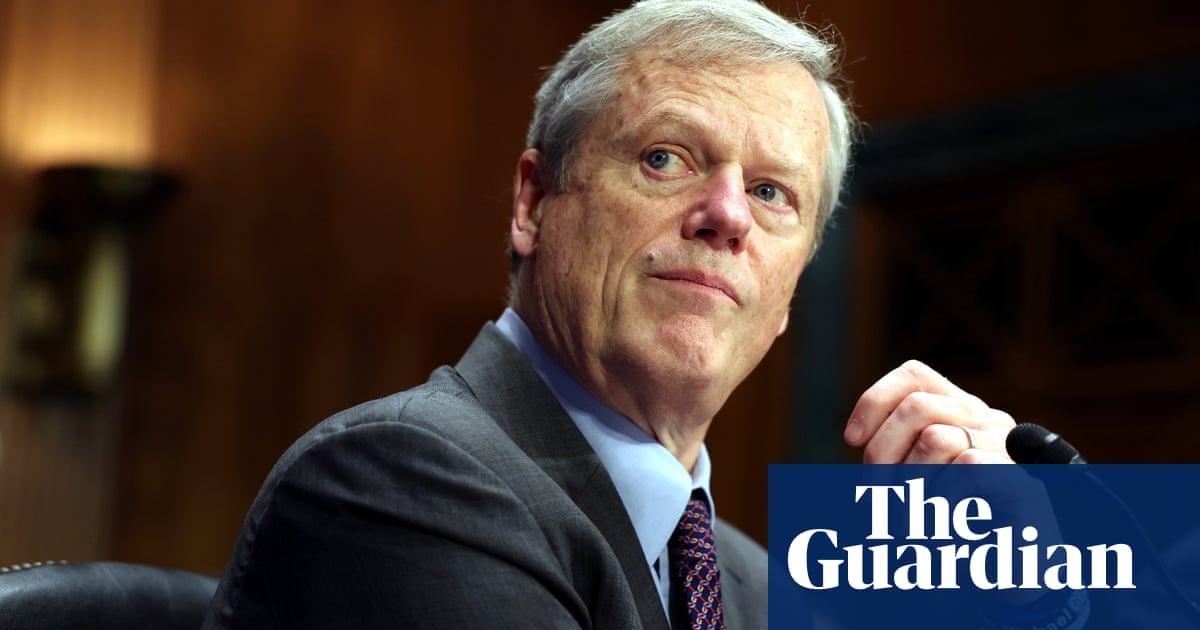World
Planning the World’s Largest Riparian Development in Pakistan

Phase One of the Ravi River Development in Lahore, Pakistan
Rivers are the arteries of life on our planet. They collect water and fertile minerals from vast tracts of terrain and move them across the land to facilitate human habitation. It is no wonder that many great human civilizations developed along the verdant banks of rivers. Among the oldest of such civilizations flourished along the banks of the Indus River and its tributaries in what is now Pakistan. Yet, the political geography of this land has been fractured across a tense border with Pakistan’s neighbor to the East — India. The headwaters of the Indus lie in India (hence the country’s name) while most of the river and its five major tributaries now flow through Pakistan. To prevent an escalation of hydrological conflict, the World Bank and the U.S. Tennessee Valley Authority helped to negotiate a treaty between India and Pakistan on water-sharing in 1960.
This Indus Waters Treaty was never meant to be an ecological agreement and essentially divided up the rivers between the two countries. As part of the division of waters, the Ravi River, which flows by Pakistan’s second largest city, Lahore, was allocated to India. This river has a storied past and was a key determinant of architectural marvels of the Mughal empire, including the Shalimar Gardens, which are a World Heritage Site. The Ravi is now relegated to a heavily polluted trickle during the dry months as India has built dams upstream and keeps much of the water for itself. The riverbed is now used for agriculture and even during the monsoon months, the water flow remains relatively sparse.
This desiccated river has become the unlikely locale for a massive riparian development that is planned for over 40 km along its banks and is being labeled the world’s largest riparian development scheme. Promenades and riverfront condominiums are planned in narrowed channels of the river with several real-estate investors putting their weight behind the development in one of the fastest growing urban centers in South Asia. The Ravi Urban Development Authority (RUDA) has been tasked with managing the development in 3 phases with wide planning powers. Pakistan’s vibrant environmental movement has taken notice of the project’s scale and also launched legal challenges on the lack of consultation and assessment therein.
Having grown up in Lahore, I have felt a personal and professional need to try and help resolve these environmental conflicts amicably and in late September, we held the first policy dialogue on the proposed development. With support from the American Institue for Pakistan Studies and Beaconhouse National University, we assembled stakeholders to see if common ground could be found on balancing ecological vitality and economic growth along the river. The aim was also to see how this process of engagement could be a model for other grand schemes along rivers in developing countries. Key points of convergence around conservation corridors were found but major differences remain on the scale and scope of the real estate infrastructure.
A lot of uncertainty regarding riparian flows due to climate change as well as the lack of trust with the upstream riparian, India, is also complicating matters. The Ravi development is perhaps an opportune motivation to renegotiate the Indus Waters treaty. India has sent a request to renegotiate the treaty to Pakistan last month as well, prompted by domestic pressure to get a larger share of the water of the other rivers that were allocated to Pakistan. A convergence of “bottom-up” riparian activism on the Ravi, economic incentives for sustainable riparian development, and geopolitical pressure to have more climate-resilient agreements may create the right incentives for a better deal for both India and Pakistan.









